Nintendo recently announced a major milestone – passing 330 million global user accounts. This enormous user base provides Nintendo with an invaluable asset to establish lasting relationships with consumers and drive future success in the competitive video game market.
In this in-depth article, we’ll cover how Nintendo plans to turn its massive user account ecosystem into durable competitive advantages including:
- The growth of Nintendo’s user accounts and network
- How accounts strengthen loyalty and engagement
- Collecting actionable user data and insights
- Personalizing experiences to user preferences
- Monetization opportunities beyond hardware
- Better targeting development resources
- Forging direct communication channels
- Potential risks and downsides to consider
With over 100 million Nintendo Switch consoles sold, Nintendo is wisely looking to transform satisfied device owners into lifelong engaged users across current and future platforms. Leveraging accounts is key to this strategy.
The Growth of Nintendo’s User Base
Nintendo user accounts first launched alongside the Nintendo Switch in March 2017 as a replacement for the previous Club Nintendo membership program.
Accounts unlocked access to the Nintendo eShop, online multiplayer, cloud save data backup, and more. But signing up was optional to use Nintendo Switch hardware.
In 2020, Nintendo began requiring new Switch owners to create a Nintendo Account to activate their console. This drove signups and allowed collecting more user data.
The result is that Nintendo Account registrations have swelled to over 330 million as of 2022. For comparison, PlayStation Network and Xbox Live have around 150 million accounts each.
This enormous user base empowers Nintendo to build direct digital relationships beyond just hardware sales.
How Accounts Strengthen Loyalty and Engagement
Owning a Switch does not necessarily make you a loyal Nintendo fan. But having a persistent account helps drive ongoing engagement through exclusive benefits.
Key perks of a Nintendo user account include:
- Access to the Nintendo eShop’s digital game catalog
- Cloud backup of save data across devices
- Multiplayer gaming through Nintendo Switch Online
- Special offers and discounts on software
- Administrative control over family member accounts
- Parental controls and usage monitoring
These features incentivize accounts while allowing Nintendo to establish two-way digital communication channels beyond devices.
Active accounts foster greater brand loyalty. Users invest more in Nintendo’s ecosystem and are less likely to switch platforms when they have years of purchased content and social connections through their account.
Collecting Actionable User Insights
Millions of first-party user accounts provide Nintendo an invaluable window into how consumers actually play and which brands, franchises, genres, and features resonate most.
Possible data points Nintendo can gather through accounts include:
- Game usage and purchase history
- Multiplayer and social habits
- In-game behavior and progression
- Demographics like age, gender, and geography
Analyzing this data allows Nintendo to better understand user preferences to inform decisions around:
- Greenlighting sequels and new IP investments
- Feature implementation priorities in hardware and services
- Targeted marketing and personalized promotions
- Localization priorities across global regions
- Platform ecosystem improvements
algorit NintendThe breadth of Nintendo’s first-party account ecosystem will lead to deeper consumer insights than any third-party data source.
Personalizing Experiences to User Preferences
Nintendo also plans to leverage user accounts to provide customized and curated experiences tailored to each gamer.
Possible personalization approaches include:
- Recommending new games or related products based on purchase history
- Featured content on the dashboard based on favorite franchises and genres
- Special offers for DLC, sequels, and remakes of owned games
- Notifications when popular streamers play owned games
- Comparison with friends who play similar games
- Serving relevant Nintendo News based on user preferences
- Localized storefronts, deals, and currencies based on user region
The massive sample size of accounts and data allows Nintendo to segment users into distinct preference groups for targeted engagement. No two users will have the exact same experience.
New Monetization Opportunities Beyond Hardware
Selling hardware like consoles has traditionally been Nintendo’s primary business. But user accounts unlock new revenue streams beyond devices.
Possible account-based monetization models include:
- Online subscriptions like Nintendo Switch Online with perks
- Purchased digital games and in-game transactions
- Microtransactions for add-ons like DLC packs
- Virtual currencies to spend in games
- Monthly loot box subscriptions
- Limited edition digital collectibles
- Partner brand promotions targeted by user preferences
- Premium membership tiers with expanded benefits
- Early access passes for new releases
- Auction houses to trade rare digital items
- In-game or metaverse virtual goods
With users tied to accounts rather than devices, Nintendo can drive higher digital monetization and recurring revenues over a user’s lifetime even as console generations change.
Better Targeting Development Resources
The data gleaned from user accounts also helps Nintendo’s developers allocate resources more efficiently toward what engages users most.
For example, user data could reveal:
- Lower demand in certain genres, guiding Nintendo away from overinvestment there.
- Underserved user segments that present opportunities for new games targeting those demographics.
- Features that are going underutilized, allowing developers to focus design resources elsewhere.
- Relative popularity of properties to inform content pipelines and sequels.
- Which existing IPs have untapped fanbases that merit expansion.
Armed with rich qualitative and quantitative insights into how different users play games, Nintendo can make smarter decisions around mechanics, genres, franchises, characters, and features for maximum appeal and engagement.
Forging Direct Communication Channels
Communicating with device-first users is difficult – Nintendo only knows who bought their hardware, not who is playing it. But accounts allow direct communication.
Ongoing digital touchpoints like social media, messaging, surveys, email marketing, and push notifications can keep users engaged, informed, and connected to the Nintendo brand between major releases.
Some ways Nintendo can leverage direct communication include:
- Building online Nintendo communities and forums
- Social media presences for Nintendo franchises
- Multiplayer tournaments and events
- Polls to collect user feedback and ideas
- Timely updates and patch notes about new features
- Curated newsletters showcasing new releases
- User research surveys for upcoming products
- Sweepstakes and giveaways
- Alerts for account security and services
Two-way conversations between Nintendo and its network of users foster brand affinity and give players a valued voice.
Potential Risks and Downsides
While accounts unlock major opportunities for Nintendo, some risks should be considered:
Data Privacy Concerns
Collecting user data raises privacy issues if it is misused or exposed in a breach. Nintendo must be highly transparent around data practices.
Account Security Challenges
More user accounts means more targets for hackers. Nintendo must maintain cutting-edge security and fraud detection.
Over-Dependence on Accounts
Nintendo cannot neglect making great games and hardware that delight users first and foremost. Accounts augment experiences but are not a substitute.
Fragmenting User Base
Accounts could segment users if certain demographics like younger players struggle with adoption. Features should have account-free access too.
If leveraged responsibly, accounts provide Nintendo more Pros than Cons. But Nintendo should thoughtfully weigh risks as it expands its account ecosystem.
Conclusion
Nintendo boasts one of the world’s largest first-party user account networks thanks to the Nintendo Switch’s success. Strategically leveraging this asset unlocks durable competitive advantages for deepening direct digital relationships beyond hardware alone.
User accounts enable invaluable user insights to guide development decisions, personalized engagement, expanded monetization, and direct communication channels. This shifts Nintendo toward services while better aligning with real user needs and preferences.
To maximize the long-term value of accounts, Nintendo must be prudent regarding data practices, security, and inclusive access. But thoughtfully addressing risks could make accounts the cornerstone of Nintendo’s next evolution beyond just being a console maker.
At its full potential, Nintendo’s accounts allow building an unrivaled understanding of what gamers want. The playbook pioneered here can strengthen Nintendo’s bond with consumers for generations to come. In a crowded market, durable user relationships are the ultimate differentiator.


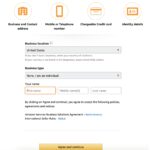

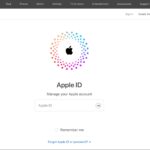
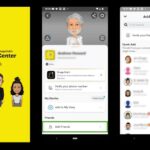
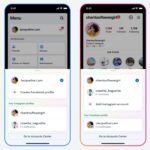
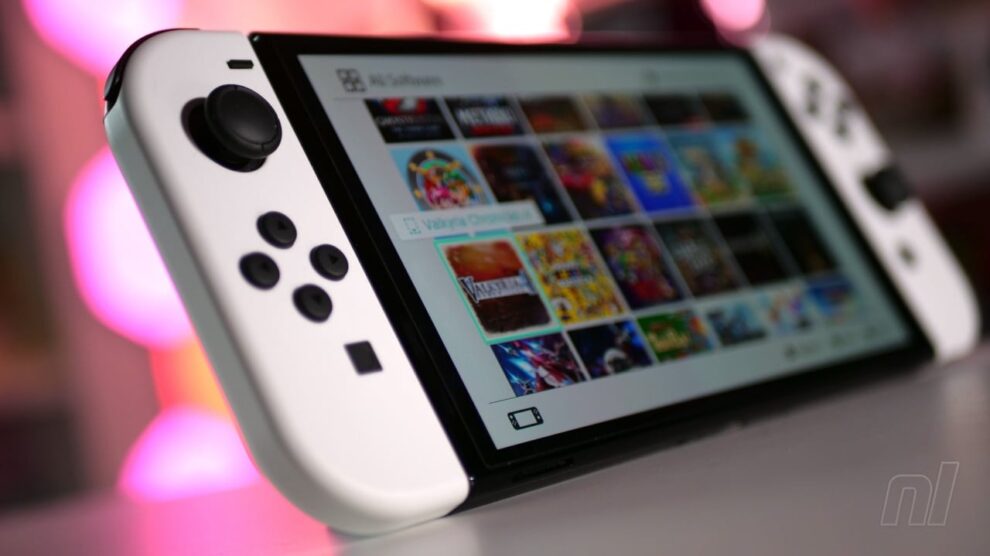


When I originally commented I clicked the “Notify me when new comments are added” checkbox and now each time
a comment is added I get several e-mails with the same comment.
Is there any way you can remove people from that service?
Thanks a lot!
Terrific work! This is the kind of info that are meant
to be shared across the internet. Disgrace on the search engines for not positioning this publish higher!
Come on over and visit my web site . Thank you =)